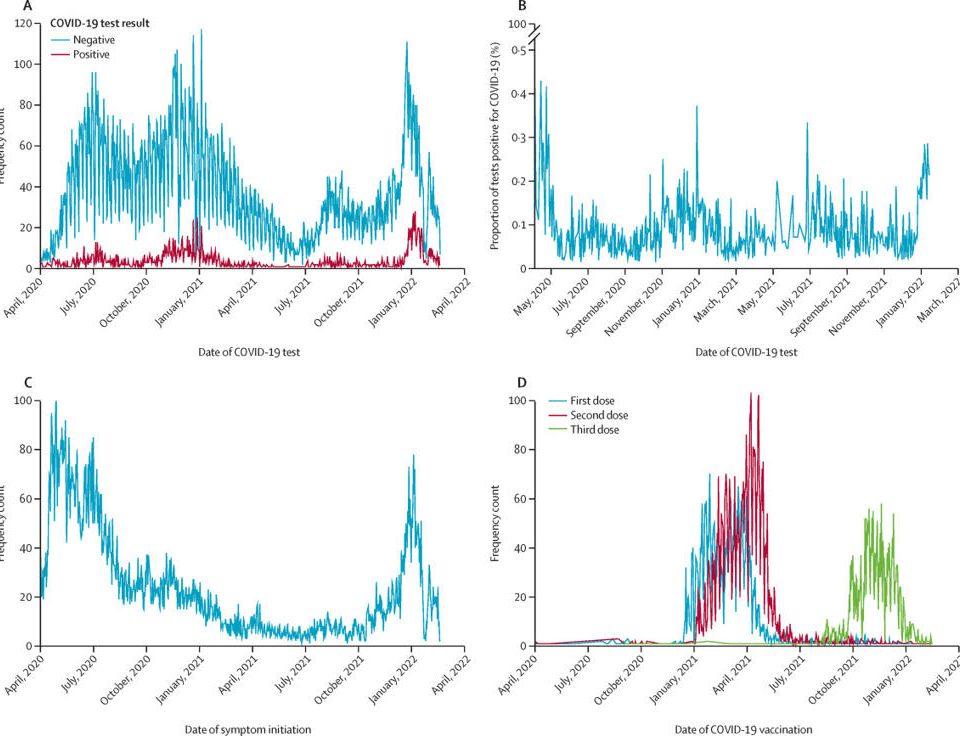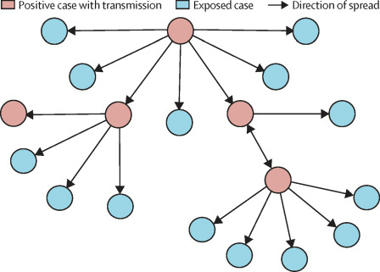Pharmageek
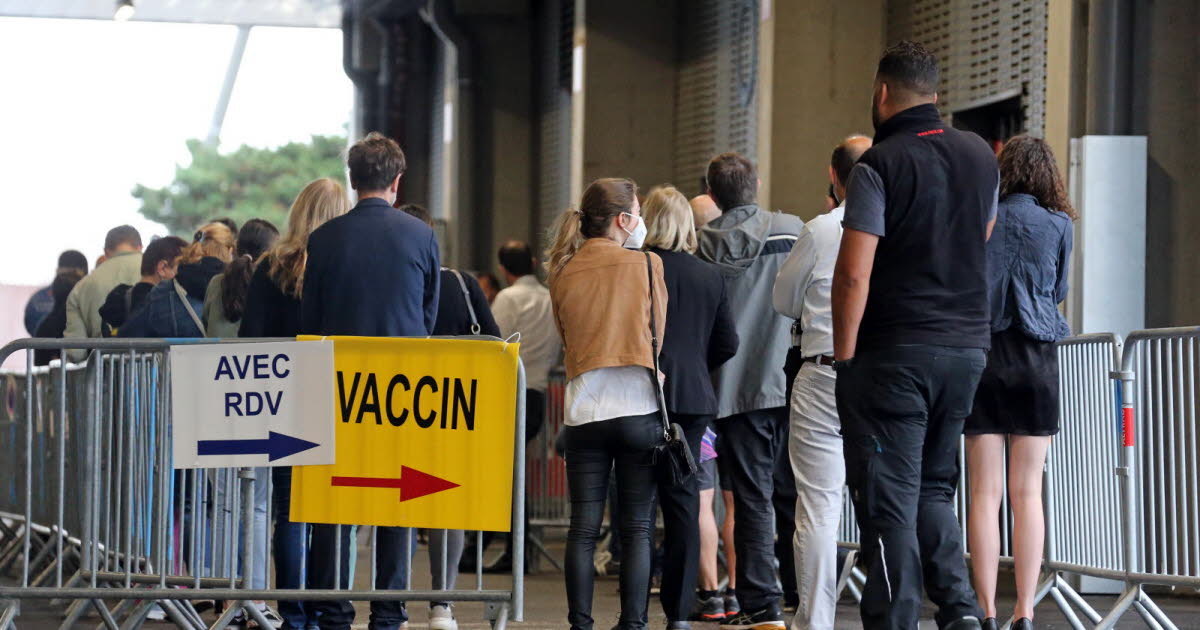
Annoncé en décembre 2020 à grand renfort de superlatifs, le projet Prédict-Est, présenté comme un « outil d’aide à la décision » destiné aux politiques, n’a pas vraiment tenu ses promesses de prédiction de l’évolution de l’épidémie de Covid.
Lire l'article complet sur : www.dna.fr
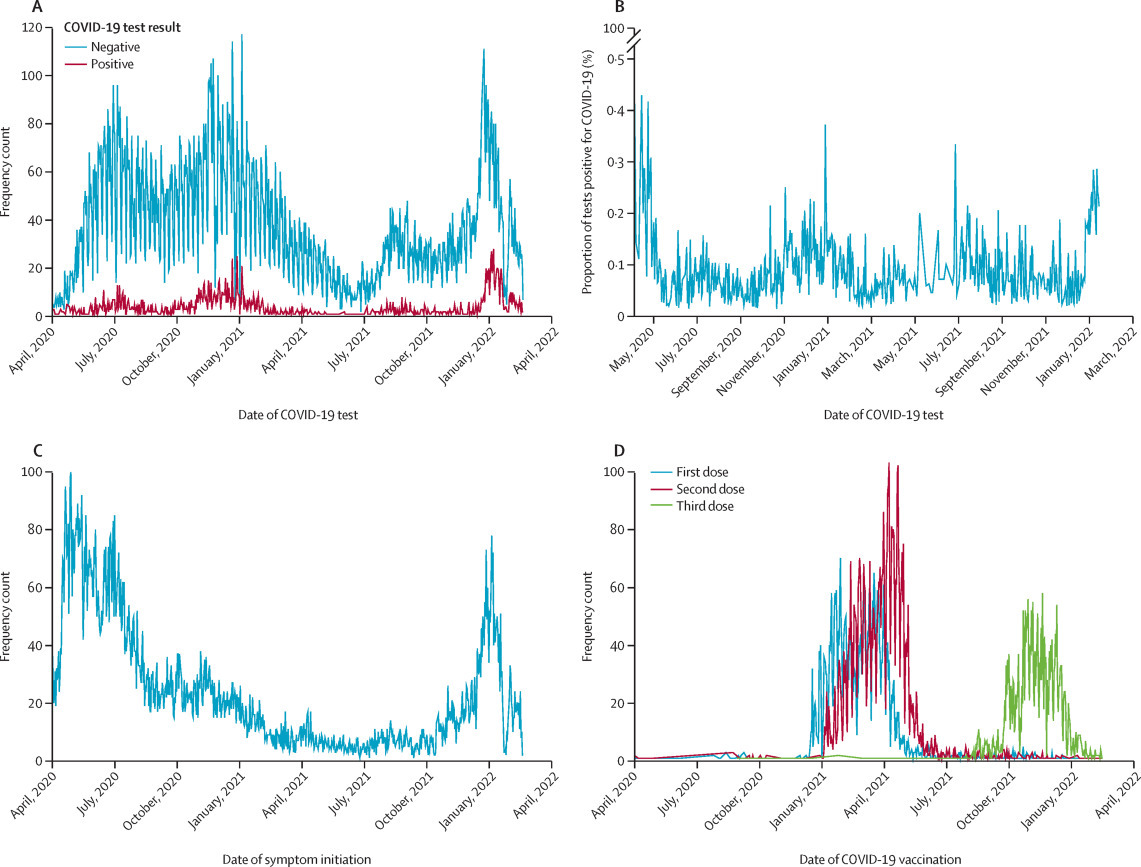
Our study showed that passively collected sensor data from consenting participants
can provide real-time disease tracking and forecasting. With a growing population
of wearable technology users, these sensor data could be integrated into viral surveillance
programmes.
Lire l'article complet sur : www.thelancet.com
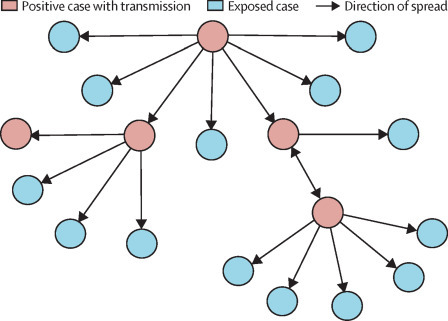
At the onset of the COVID-19 pandemic in early March, 2020, it became apparent that
non-electronic exposure investigations would not meet the demands required by the
mounting number of employees with COVID-19 in the Mount Sinai Health System in New
York City (NY, USA), a multicentre, academic medical institution and hospital system.
New York City was an epicentre early in the pandemic, resulting in a peak of more
than 6000 cases daily and more than 1000 deaths per day.1 Agile exposure investigation
and contact tracing were crucial to containing the spread of COVID-19 among hospital
staff.
Lire l'article complet sur : www.thelancet.com

L’efficacité des futures actions et politiques de santé dépendra de la bonne prise en compte des interconnexions entre santés humaine, animale et des écosystèmes. C’est le constat sans appel des membres du Conseil scientifique covid-19, qui publient dans The Lancet une feuille de route pour la mise en pratique de ces approches globales de la santé, appelées « One Health ».
Lire l'article complet sur : www.cirad.fr



